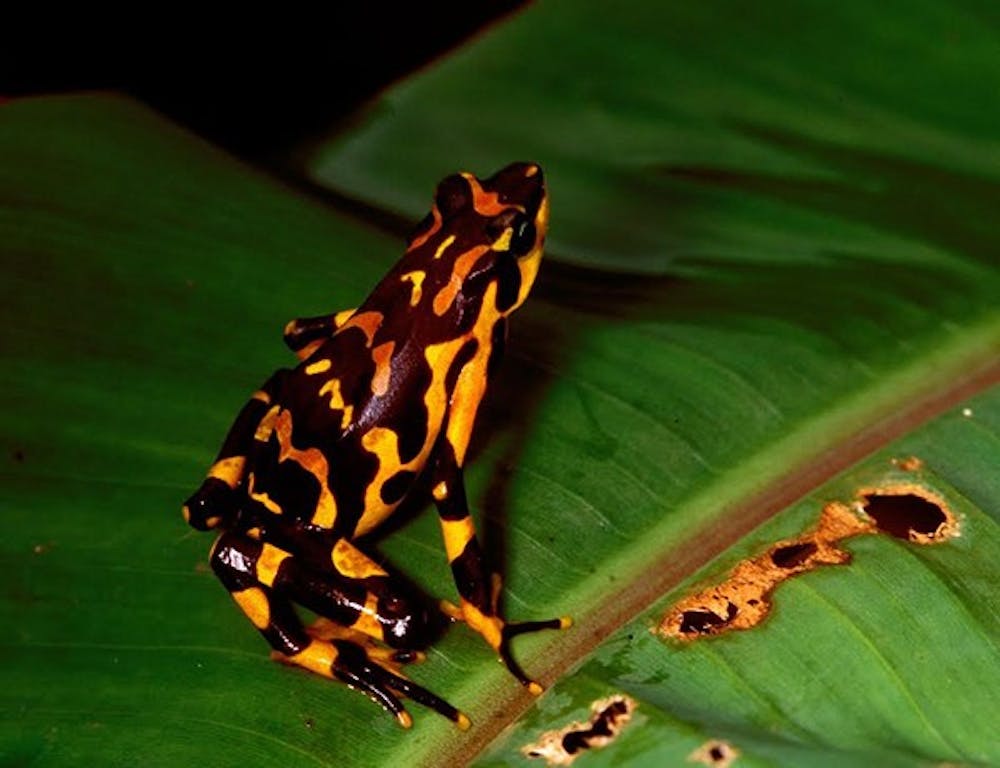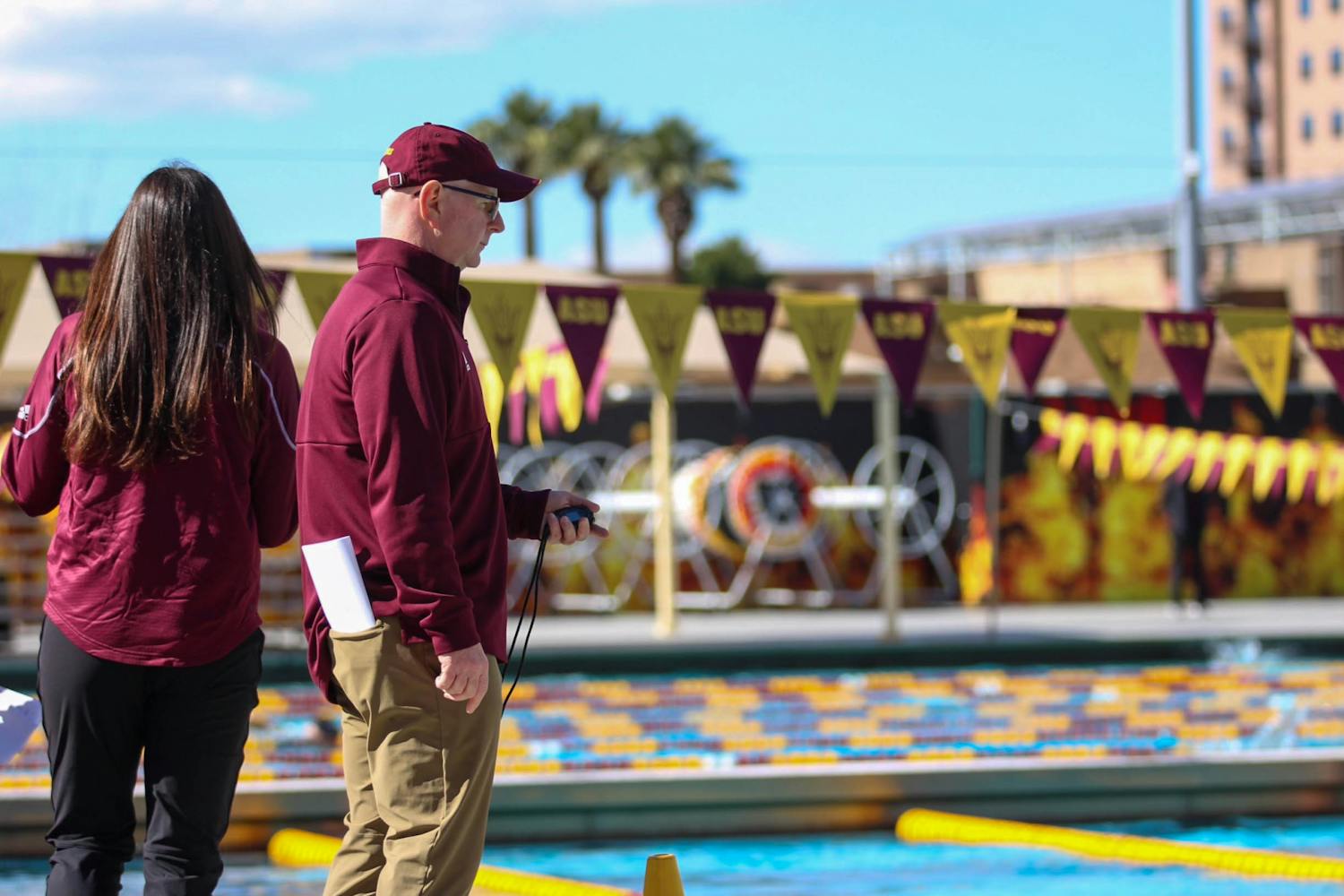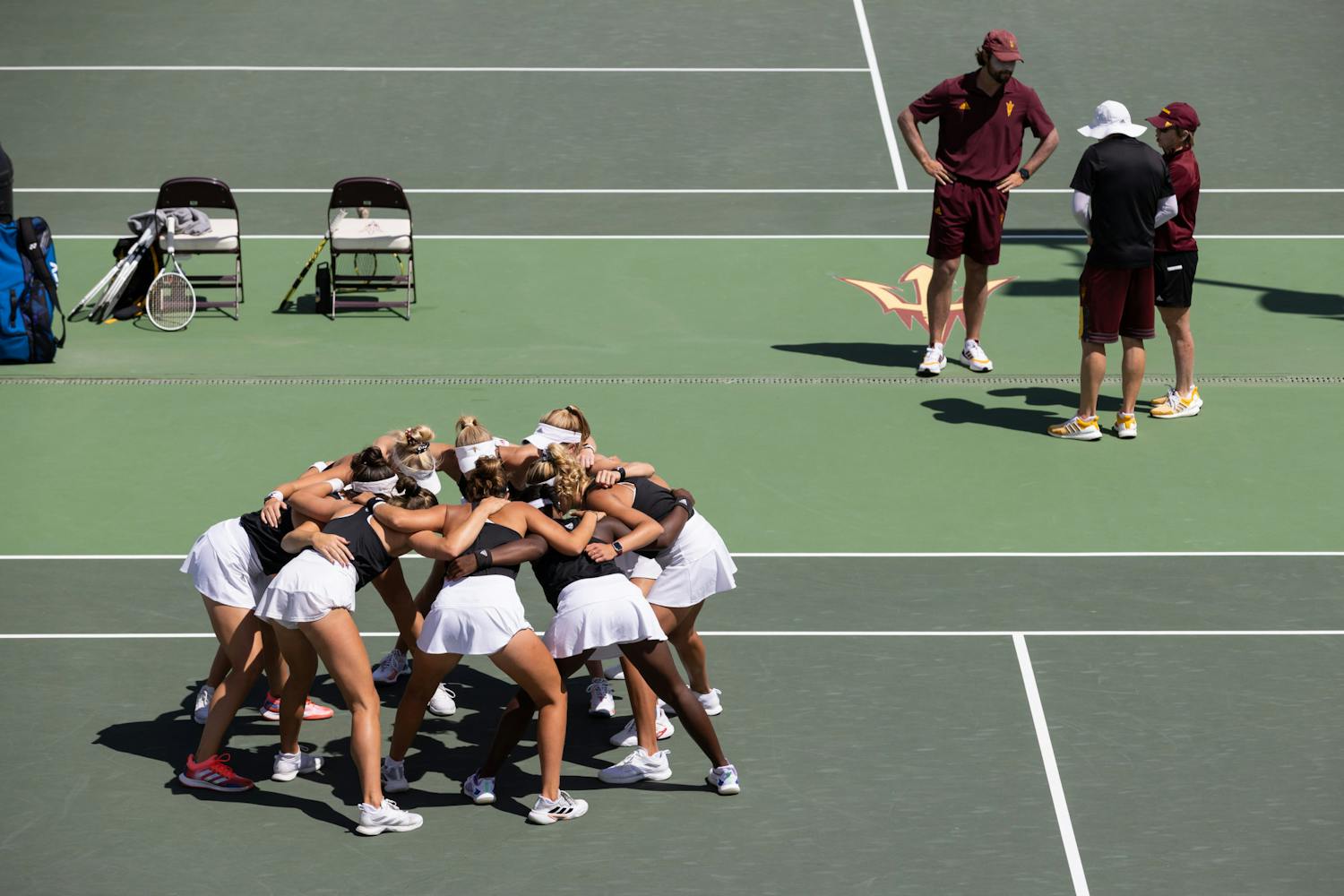 (Photo courtesy of Robert Puschendorf)
(Photo courtesy of Robert Puschendorf)
In a world where the main driver behind extinction is man, ASU researchers have made a call to be more responsible while documenting endangered species and think of the alternative methods first.
Traditional techniques of confirming the existence of endangered, rediscovered or newly discovered species deal with collecting the voucher specimen from the field and killing it before using it in research. After serving as the basis of a study, a voucher specimen is preserved and kept for reference purposes.
Although it's a long-running practice, it may enhance the risk of extinction for small, isolated and fragmented populations.
Ben Minteer, an environmental ethicist and conservation scholar in ASU’s School of Life Sciences, has been looking into scientific responsibility of drawing specimens from small populations. Some can be so small that the researcher may collect the last individual.
“Scientists are the ones that are trying to understand and save species,” he said. “Yet that research, paradoxically perhaps, can have an impact on that very thing they’re trying to save.”
ASU researchers were the first to make a call for the change in their research paper "Avoiding (Re)extinction," published in the renowned scientific magazine Science on April 18.
In the article, the researchers try to draw the scientific community's attention to the overlooked issue of collecting from small populations and propose alternative techniques to step aside from the “Gold standard” — the traditional practice of documenting species by collecting.
“Even if there’re good alternatives, collection still seems to be the default, because it’s so ingrained in the culture of the field,” Minteer said.
The paper refers to the story about the last wild great auk, which had been exploited by humans for food and feathers, before the last breeding couple was killed in the 19th century and sold to the local chemist, who was highly interested in preserving the specimens.
Minteer said the story is legendary and demonstrated "the last nail of the coffin" argument. Although the world is very different now, there have been cases of biologists linked with some final collections of individuals, he said.
The non-lethal techniques that are proposed in the paper include high-resolution photography, audio recordings and DNA sampling.
These techniques would not require any costly advanced technology and will be available through regular smart phones by making high-resolution pictures and sound recording of mating calls. Researchers also offer collecting DNA from specimens through mouth and skin swabs without killing the organism.
“We thought that since those technologies are already being used and they have great power put together, that in many cases those could be a good alternative to collecting,” Minteer said. “And so we felt that the article was in a way this common sense.”
Collecting is still an integral part of biological research and provides scientists with invaluable information. There will be the cases when the alternative techniques may not work, Minteer said, but it’s always necessary to think of the non-lethal techniques first.
“We are very careful in the paper not to say that this is universally applicable, that there’s never a case where we shouldn’t collect, that there aren’t trade-offs sometimes over different techniques of identifying species, but we’re very confident saying thatthere’s a great power in using these alternatives together,” he said.
The paper has created a lot of controversial reactions in the media, as some biologists and museums are not ready to turn down the traditional methods, Minteer said.
Minteer said that some of them misread the argument as giving up collecting as a whole, while in fact the article makes a call to consider all possible alternatives before collecting from fragmented and vulnerable populations.
“We’re not saying stop collecting,” he said. “We are saying, 'Think first, consider alternatives, and it may be the case that some of these alternative methods that don’t require taking a specimen from the field are just as accurate, and in that case, especially in the case of small populations, you ought to consider that.'”
While the desire to collect scientific knowledge is essential for field biologists, the issue is making this process harmless to a species, Minteer said.
“Ideally, we would love to change practice, we’d love to change minds and we’d love to change the behavior of scientists in the field,” Minteer said. “And so we hope that by stirring up the discussion, it’s getting people to think deeply about the science and the practice. And basically be reflective about the impacts of the research in field.”
Robert Puschendorf, conservation biologist with the School of Biological Sciences at Plymouth University, said in an email that the paper is aimed at involving the younger generation of biologists. They are encouraged to think about the ethical implications, the potential damage of collecting and alternatives, while the researchers acknowledge that the traditional practice used throughout decades will not change overnight.
“The audience is the new generation who are being raised knowing molecular from their undergrads, who are into technologies and are not afraid to develop new critical techniques,” he said. “They are also growing up in a world where many organisms are becoming rare, and rare might be the norm in the future.”
James Collins, an evolutionary ecologist and Virginia M. Ullman Professor of Natural History and the Environment in ASU’s School of Life Sciences, has been collecting throughout his impressive scientific career, but for small populations he encourages scientists to be careful.
“Cultural traditions run very deep, and they can be hard to change,” he said. “I’d like to think that as a result of the conversation on the web, that people are going to think longer and harder before they just jump in and use collecting as the only way to document the fact that they’ve observed a species.”
Reach the reporter at kmaryaso@asu.edu or follow her on Twitter @KseniaMaryasova




